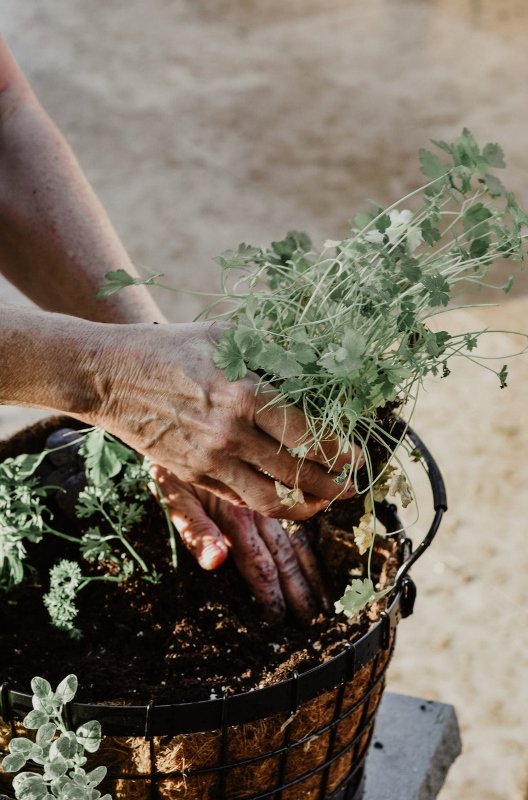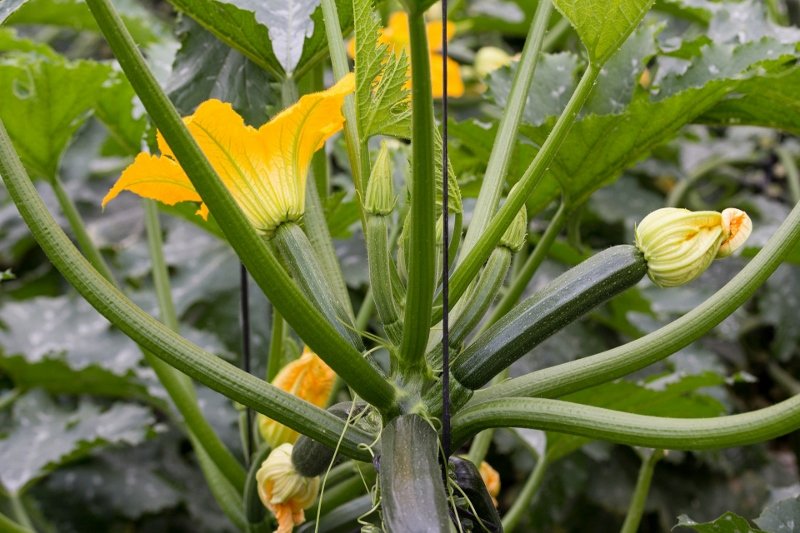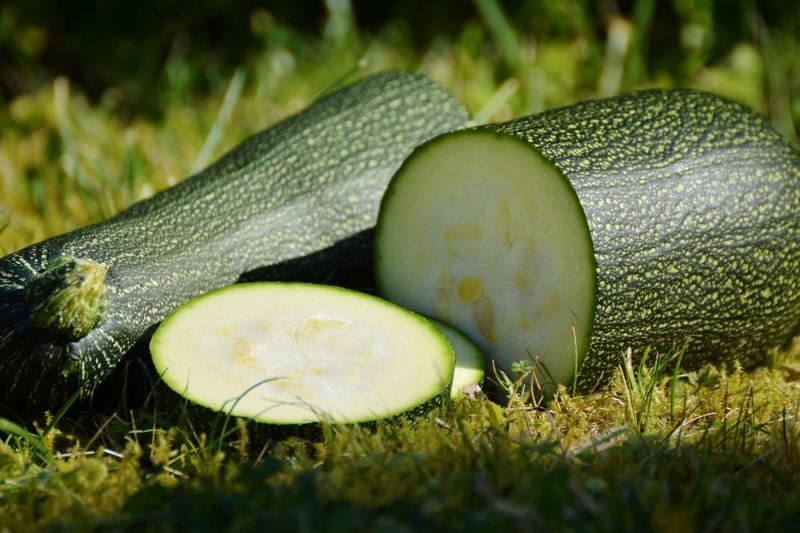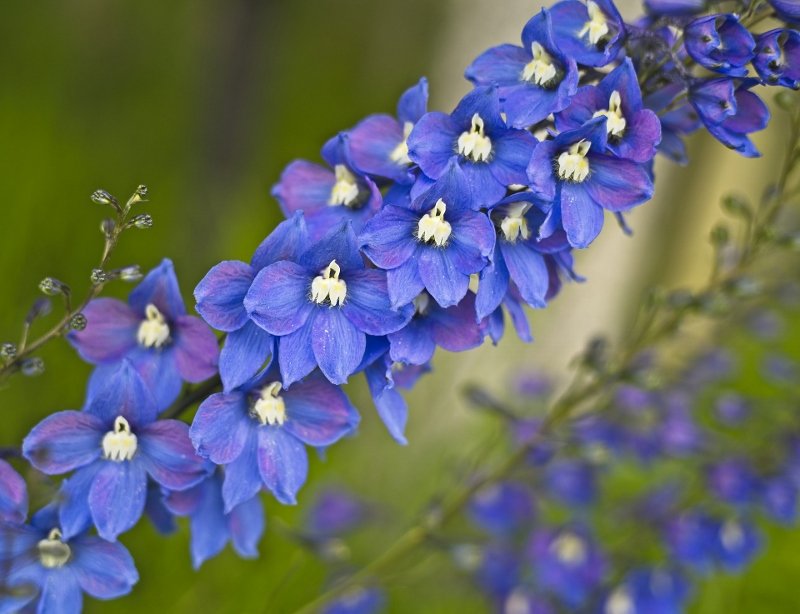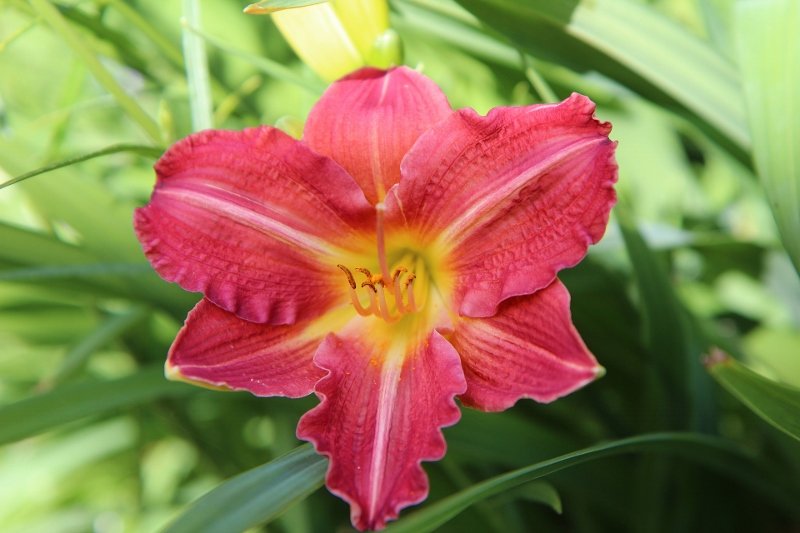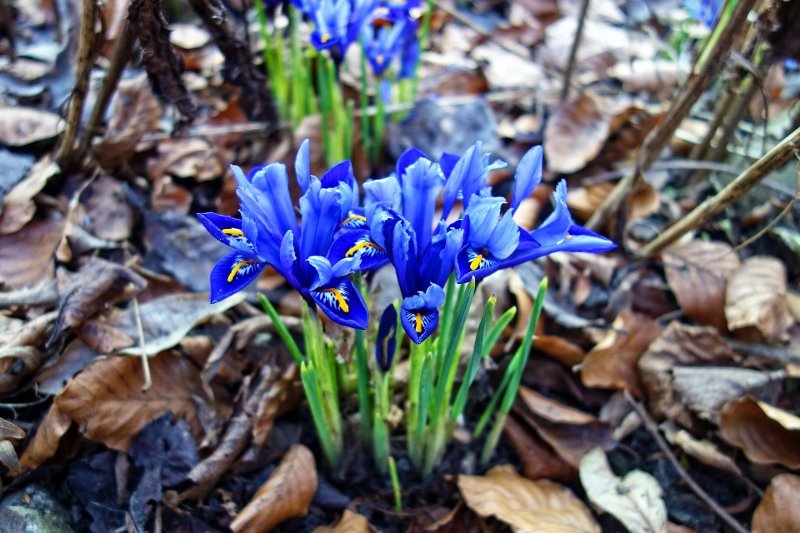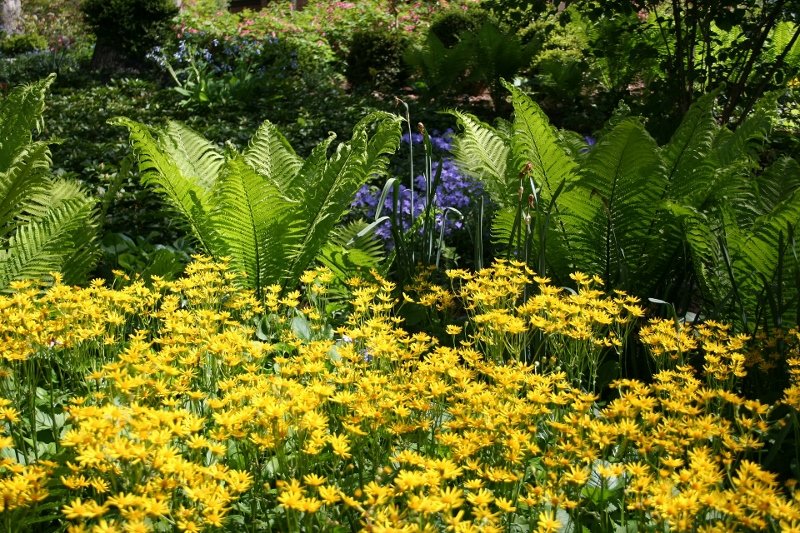September
Gardening tasks for September: Spring into action
As we bid farewell to winter and welcome the blossoming of spring, September heralds an exciting time for gardening enthusiasts. Explore this guide for a range of essential gardening activities to kick-start the season.
Edible Garden
Complete preparing the vegetable plot for planting by digging in plenty of quality California Value Compost or California Megapost.
Protect vege seedlings from slugs and snails with Quash or Blitzem.
Plant seedlings of silver beet, spinach, spring onions, cabbage, cauliflower, broccoli and lettuce. Plant with ican 100% Organic Vegetable Food.
Protect young vegetable and flower seedlings from downy mildew with FreeFlo Copper.
Sow warm season vege crops in pots indoors using Black Magic Seed Raising Mix. Use Chef’s Best ican seeds:
Buttercup Dry Delight
Courgette Leader
Cucumber Prolific
MininDwarf Bean Supreme
Tomato Flavoursome
If you’re planting out seedlings in cooler temperatures you can protect them from frost — and slugs or snails —by using 2-litre soft drink bottles. Take off the lid, cut off the bottom and push the bottle down over the seedling, into the soil. When the seedling is ready to face the elements, remove the bottle during the day and pop it back on overnight, until the seedling is mature enough to grow on its own.
Replenish the herb garden with fresh seedlings – parsley, thyme, chives, sage, mint oregano – to name a few. Prepare the soil with California Value Compost and ican Real Blood & Bone.
Potatoes will always be one of the best value vege crops. From a 1kg bag of seed, expect to harvest up to 20kg of delicious potatoes. Plant early and main crop varieties now and have them ready for Christmas. Mix ½ a handful of superphosphate into the soil with each potato ‘seed’.
Protect early potato shoots from blight, aphids and tuber moth with FreeFlo Copper and Enspray 99. Mounding the soil around these shoots adds extra protection; apply superphosphate to the soil when raking up the mound.
Plant new rhubarb plants and lift and divide any established rhubarb clumps. Rhubarb plants are heavy feeders so dig in plenty of California Value Compost at planting time and follow up with general garden fertiliser at regular intervals through the year.
Plant new citrus trees and small fruits including raspberries and blueberries, into free-draining soil enriched with California Value Compost, adding ican Slow Food as a base fertiliser.
Protect citrus trees from aphids, scale and sooty mould with a combination spray of Bioneem and Enspray 99 which will smother the pests and their eggs.
Plant strawberries into free-draining soil enriched with California Value Compost. Feed with ican Fruit Food. Five plants per person will supply the family at each harvest.
Feed newly planted and established fruit trees, small fruits and ornamental trees and shrubs with ican Fruit Food. Add a layer of mulch around the drip line and up to but not against the trunk of the tree.
This month boost your fruit crops by feeding with ican Foods - Citrus Food for all citrus and fruit trees, Acid Food for Blueberries, and Berry Food for strawberries and brambles.
Feed all plants in containers with ican Slow Food to support and enhance new spring growth and flowering.
The first signs of green tips and flower buds on stone fruit trees (peaches, plums, nectarines, cherries and apricots) means it is time to spray for leaf curl and bladder plum disease. Use FreeFlo Copper three times, two weeks apart for best control.
Protect against brown rot that destroys peaches, nectarines and sometimes apricots and plums, just as they ripen—the only fix for this is preventative spraying early spring. Use Fungus Fighter or the new biological organic spray Botry-Zen, spraying once in full bloom, and once at shuck fall (when the remains of the flower drop off the developing young fruit–usually 1-2 weeks following petal fall).
Protect apple and pear trees from codling moth attack using Success Ultra every 14 days from petal fall.
ican Chef’s Best seeds
Sow directly in prepared soil:
Beetroot Red Lightning
Carrot Europa
Leek Baby
Lettuce Trendsetter
Parsnip Trafalgar
Peas Magic
Radish Olympus
Spinach Nutriplus
Flowers
Introduce pansies, primulas, cineraria, poppies, lobelia, kale, alyssum, ranunculus, nemesia, cyclamen, violas, livingstone daisies, statice, sweet peas, sweet william, geraniums, delphiniums, carnations, and aquilegia to your garden.
Sow seed of your favourite spring and summer flowers in seed trays with Black Magic Seed Raising Mix. Keep cold sensitive plants such as marigolds, impatiens and petunias in a warm sheltered environment.
Ensure spring flowering annuals receive a feeding of Novatec or Nitrophoska for optimal growth.
Establish perennial hemerocallis, phlox, iris, delphiniums, hostas, astilbe, and lupin in your garden.
Plant gladioli, dahlias, and begonias to add vibrant colour and variety to your outdoor space.
Plant up containers and hanging baskets with seedlings of your favourite spring and summer flowers such as lobelia, alyssum, pansies, violas, petunias and cornflower. Use California Premium Outdoor Potting Mix and liquid feed with ican Fast Food for quick results and plenty of blooms. Mix some water storage granules into the potting mix to minimise summer watering.
Plant new roses with Tui Rose & Shrub, sheep pellets and ican Slow Food. Watering with Grosafe Root Gro after planting will stimulate the plant’s root development and help it to establish quickly.
Protect roses with FreeFlo Copper and Enspray 99 while also providing a dressing of ican rose fertiliser for robust growth.
Feed camellias, azaleas and rhododendrons with ican Acid Food after they finish blooming. Any trimming should be done at this time. Remove any dead, diseased and damaged branches, then prune the bush to create enough light and air space for a bird to be able to flit through.
Prune fuchsias and pelargoniums to promote bushiness and a neat appearance.
Tend to hibiscus and magnolias by trimming and pruning after flowering for healthy growth.
Indoor Plants
Adjust watering frequency as the weather begins to warm up.
Identify and repot plants that have outgrown their current containers.
Provide essential nutrients by feeding your houseplants to support their growth and vitality. We recommend using ican Indoor Plant Food.
General tasks
Planting
Introduce a variety of plants including roses, general shrubs, deciduous trees, rhododendrons, camellias, fruit trees, daphne, and boronia to enrich your garden.
Kickstart basil and chilli plants indoors to ensure a healthy and bountiful growth.
Care and Maintenance
Protect peaches, nectarines, plums, apricots, and cherries from leaf curl by applying FreeFlo Copper.
Stay on the lookout for new season water lilies, as they are due to arrive for a delightful addition to water features.
Provide established lawns with high nitrogen lawn food and aerate if the soil is compacted, promoting a thriving turf.
Nourish summer flowering shrubs, established roses, and fruit trees with essential nutrients to encourage vigorous growth.
Add flavourful herbs such as coriander and tarragon to your garden and culinary repertoire.
Spray the lawn for Prickle(Onehunga) weed now before the plants flower and set their prickly seed. Use Prickle Weedkiller or Weed and Feed which will also control broadleaf weeds.
Moss can be a problem in poorly drained or shady areas of lawn. Improve lawn drainage by spiking the area thoroughly with a fork, and apply sulphate of iron (10g per square metre) to kill moss.
Feed the lawn with a proprietary lawn fertiliser for a lush deep green lawn.
To encourage bluer flowers on hydrangeas, dilute ¼ cup aluminium sulphate in 1L of water and water around the plant as soon as flower buds are evident on the new shoots – about 6 weeks before full flowering. Repeat for two more weeks for a deeper colour.
Following these tips will set your garden up for a vibrant and fruitful spring and summer season. Happy gardening!

